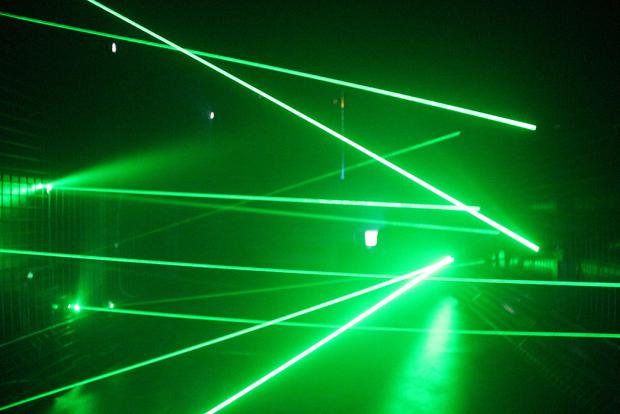
Breaking News
 $11 Trillion Quietly Moved - Americans Will Freeze & Obey When Market Collapse Hits : Chase Hughes
$11 Trillion Quietly Moved - Americans Will Freeze & Obey When Market Collapse Hits : Chase Hughes
 Econ 101 - 2026 Early Economic Forecast
Econ 101 - 2026 Early Economic Forecast
 Buy'r breaks the Blackrock monopoly- How the corporate club controls America
Buy'r breaks the Blackrock monopoly- How the corporate club controls America
 An AI Expert Warning: 6 People Are (Quietly) Deciding Humanity's Future! We Must Act Now!
An AI Expert Warning: 6 People Are (Quietly) Deciding Humanity's Future! We Must Act Now!
Top Tech News
 Build a Greenhouse HEATER that Lasts 10-15 DAYS!
Build a Greenhouse HEATER that Lasts 10-15 DAYS!
 Look at the genius idea he came up with using this tank that nobody wanted
Look at the genius idea he came up with using this tank that nobody wanted
 Latest Comet 3I Atlas Anomolies Like the Impossible 600,000 Mile Long Sunward Tail
Latest Comet 3I Atlas Anomolies Like the Impossible 600,000 Mile Long Sunward Tail
 Tesla Just Opened Its Biggest Supercharger Station Ever--And It's Powered By Solar And Batteries
Tesla Just Opened Its Biggest Supercharger Station Ever--And It's Powered By Solar And Batteries
 Your body already knows how to regrow limbs. We just haven't figured out how to turn it on yet.
Your body already knows how to regrow limbs. We just haven't figured out how to turn it on yet.
 We've wiretapped the gut-brain hotline to decode signals driving disease
We've wiretapped the gut-brain hotline to decode signals driving disease
 3D-printable concrete alternative hardens in three days, not four weeks
3D-printable concrete alternative hardens in three days, not four weeks
 Could satellite-beaming planes and airships make SpaceX's Starlink obsolete?
Could satellite-beaming planes and airships make SpaceX's Starlink obsolete?
Montreal Researchers on Track to 3 Petawatt Laser Pulses

They plan to repeat the experiment with an energy of 3 petawatts (3000 trillion Watts – 13 joules over 5 femtoseconds).
ALLS/LSF (Advanced Laser Light Source/ Laboratoire de Sources Femtosecondes) is a unique infrastructure of international caliber located at the Varennes campus of INRS-EMT (20 minutes south-east of Montreal).
Many research groups are amplifying the energy of the laser to increase its power, but this approach is expensive and requires beams and optics that are very large, more than a meter in size.
A team from Canada, Russia and France have chosen another direction to achieve an intensity of around 100 billion trillion Watts per square centimeter. Lasers that intense will be able to break the vacuum and generate particles. Rather than increasing the energy of the laser, they decrease the pulse duration to only a few femtoseconds. This would keep the system within a reasonable size and keep operating costs down.
By extending the concept of thin-film compression to a thin plate, nonlinear post-compression from 24 fs to 13 fs of sub-petawatt laser pulses is demonstrated experimentally using a 1 mm-thick silica plate and chirped mirrors with a total anomalous dispersion of −50 fs2. The measurements were implemented with a specially designed dispersionless vacuum frequency-resolved optical gating, which is based on second harmonic generation of tested pulses in a 10 μm β-barium borate crystal glued on a 1 mm fused silica substrate. The used compression scheme is implemented in a geometry compatible with high power on-target experiment realization.

 First totally synthetic human brain model has been realized
First totally synthetic human brain model has been realized Mach-23 potato gun to shoot satellites into space
Mach-23 potato gun to shoot satellites into space

